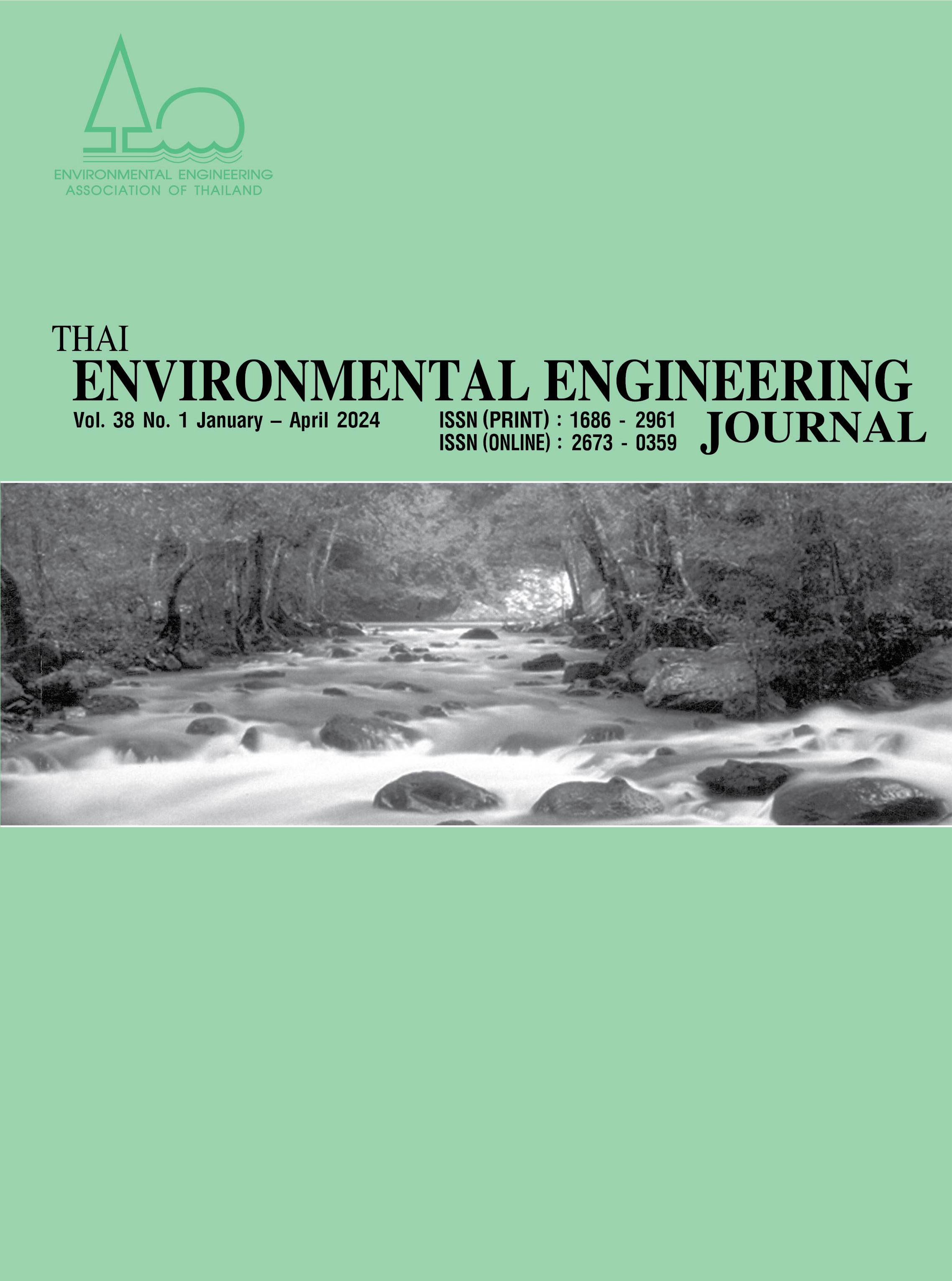Analysis and Needs Assessment of Chemical Response and Hazardous Substances of Bangkok Fire Fighters
Main Article Content
Abstract
This study aimed to analyze and assess of chemical response and hazardous substances of Bangkok Firefighters (Fire and Rescue Department) and use the Analytic Hierarchy Process (AHP) to prioritize management issues. The study is a mixed method with 400 officers for the sample group and using the identification of informants through purposive sampling and willingness to provide information after collecting the data, the statistics used for testing were: descriptive statistics, percentage statistics, mean, and adjusted PNI index values. The sample group had a bachelor's degree (46.75%), had experience working as a fire officer in Bangkok for more than 9 years (54.50%), and had training experience in chemicals and hazardous substances in 1-3 training courses (53.25%). The results of AHP analysis found 5 management issues. For management to be used effectively, it can be grouped holistically and arranged in descending order. The stakeholders give the most importance to reviewing the plan to extract lessons and find limitations or obstacles in carrying out activities to propose policies for the next time (0.44), the measures to prevent dangers from emergencies, chemicals, and hazardous substances (0.26), the creating a plan to prevent and respond to emergencies from chemicals and hazardous substances at fire and rescue stations (0.14), the preparing emergency response teams from chemicals and hazardous substances at fire and rescue stations (0.10), and the preparing equipment for emergency response from chemicals and hazardous substances at fire and rescue stations (0.06), respectively. The application of the analysis results in managing problems that require the most attention is reviewing plans to draw lessons and find limitations or obstacles in carrying out activities to propose policies for improvement, change, and development of operating models to be consistent with most current situations. Moreover, it is a guideline for developing measures to prevent emergency chemical hazards and hazardous substances while working that will help reduce the loss of property and life.
Article Details
References
Bureau of Disaster Prevention and Mitigation. 2561. Report of statistics on disaster occurrences in Bangkok area in 2018. Bangkok: Bureau of Disaster Prevention and Mitigation.
Zhang, J. H., Liu, H. Y., Zhu, R. and Liu, Y. 2017. Emergency evacuation of hazardous chemical accidents based on diffusion simulation. Complexity, 2017.
Besserman, J. and Mentzer, R. A. 2017. Review of global process safety regulations: United States, European Union, United Kingdom, China, India. Journal of Loss Prevention in the Process Industries, 50, 165-183.
Lee, K., Kwon, H. M., Cho, S., Kim, J. and Moon, I. 2016. Improvements of safety management system in Korean chemical industry after a large chemical accident. Journal of loss prevention in the process industries, 42, 6-13.
Anderson, C. V. 2002. The federal emergency management agency (FEMA). (No Title).
Shan, X., Liu, K. and Sun, P. L. 2017. Risk analysis on leakage failure of natural gas pipelines by fuzzy Bayesian network with a bow-tie model. Scientific programming, 2017.
Trong Nguyen C, Nguyen Thi Hong D, Sanwit I. Direction of urban expansion in the Bangkok Metropolitan Area, Thailand under the impacts of a national strategy. Vietnam Journal of Earth Sciences. 2021;43(3): 380-98.
Okuyama Y. ECONOMIC IMPACTS OF DISASTERS: A GLOBAL ANALYSIS2009.
Makwana N. Disaster and its impact on mental health: A narrative review. J Family Med Prim Care. 2019; 8(10): 3090-5.
Heydari, A., Ostad Taghizadeh, A., Ardalan, A., Ebadi, A., Mohammadfam, I. and Khorasani-Zavareh, D. 2021. Exploring the criteria and factors affecting firefighters’ resilience: A qualitative study. Chinese Journal of Traumatology (English Edition).


